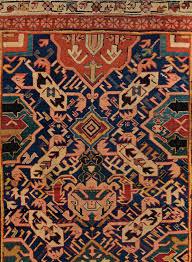Seishour Rugs
Seishour, Seischour and Zeikhur are trade names for rugs woven in a village with the name at the northern part of the Kuba (Quba) region. Quba is the capital of the Quba Rayon (district) of the Azerbaijan Republic and a center of carpet weaving industry in this Caucasian country.
Quba (also Romanized as Kuba, Guba and Kuwa) lies on the north-eastern slopes of Shahdag Mountain on the right bank of the Kudyal River. Located at the northern part of the country, Quba region used to be a major center for Caucasian rugs. There, located a carpet making company called “Qadim Quba” meaning “Old Quba” or “the Quba of the old.
Quba rugs are the finest of all Caucasian rugs. Lots of Caucasian designs are attributed to Quba some of which originated in Zeikhur village and branded after it either ‘Seishour’ or ‘Seischour’. These include Seishour cross, Seishour rose, and Seishour border. Such designs occur in nineteenth-century rugs attributed to this village.
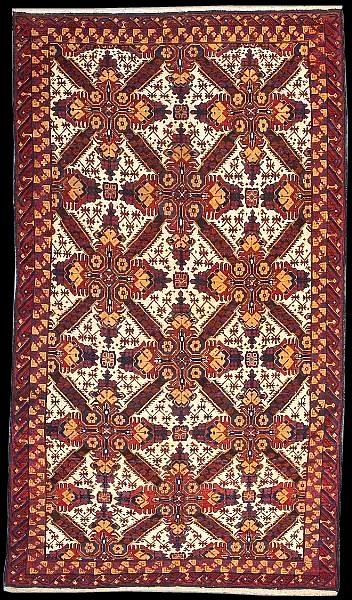
Technical aspects and the structure of Seishour Rugs
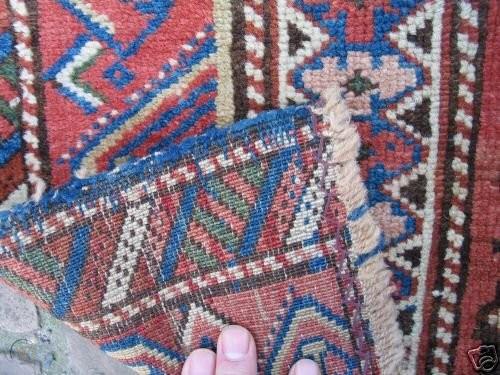
Antique rugs of Seishour are finely knotted. Mostly small in size, they have an average knot density of 102 knots per square inch. Knots are symmetrical (Turkic).
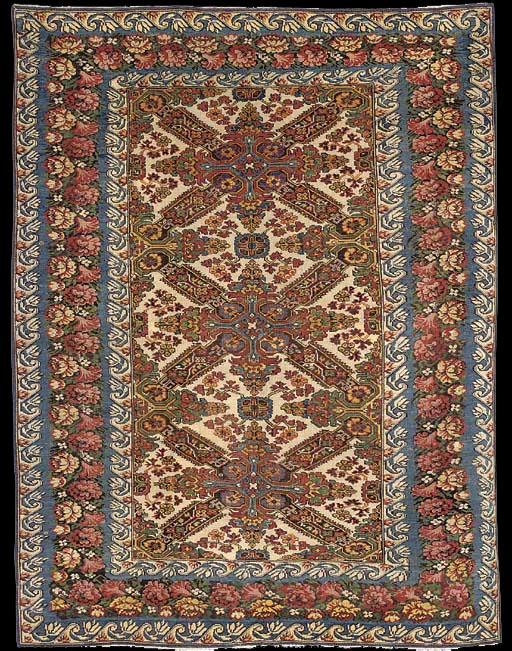
Wool is the main raw material in Seishour. Wefts may be either cotton or wool. However wool is more possible. Rug and runner sizes are common.
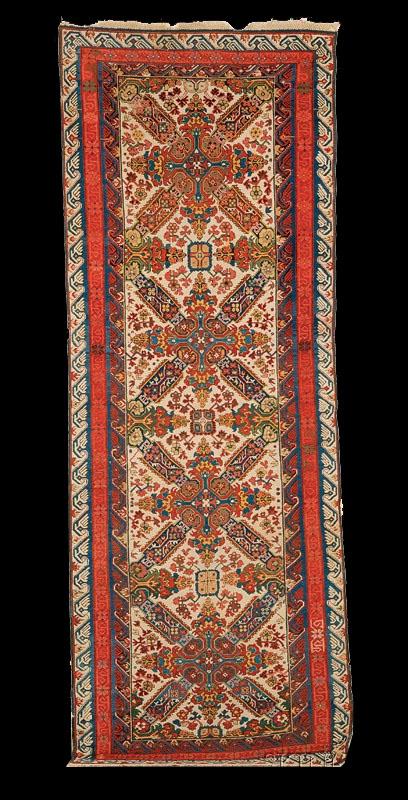
Dyeing and painting of Seishour rugs
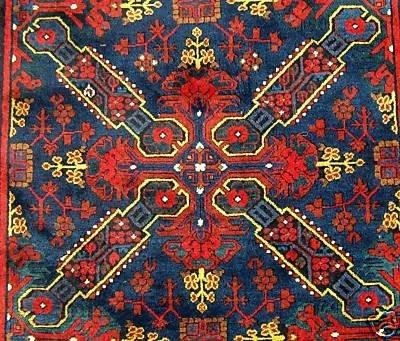
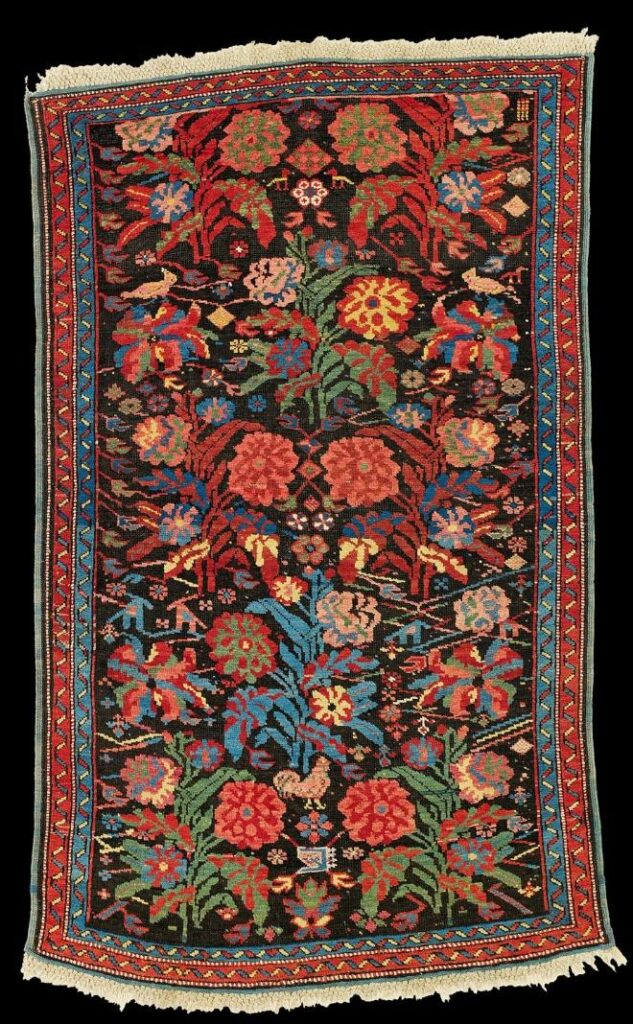
Rosy shades used for cabbage roses obtained from madder which bring dark red as well as light pink for petals. Deep yellow, camel, azure, pistachio, apricot, cream and dark green used artistically for both dominant and secondary colors. Light tones like beige or ivory used for the fields.
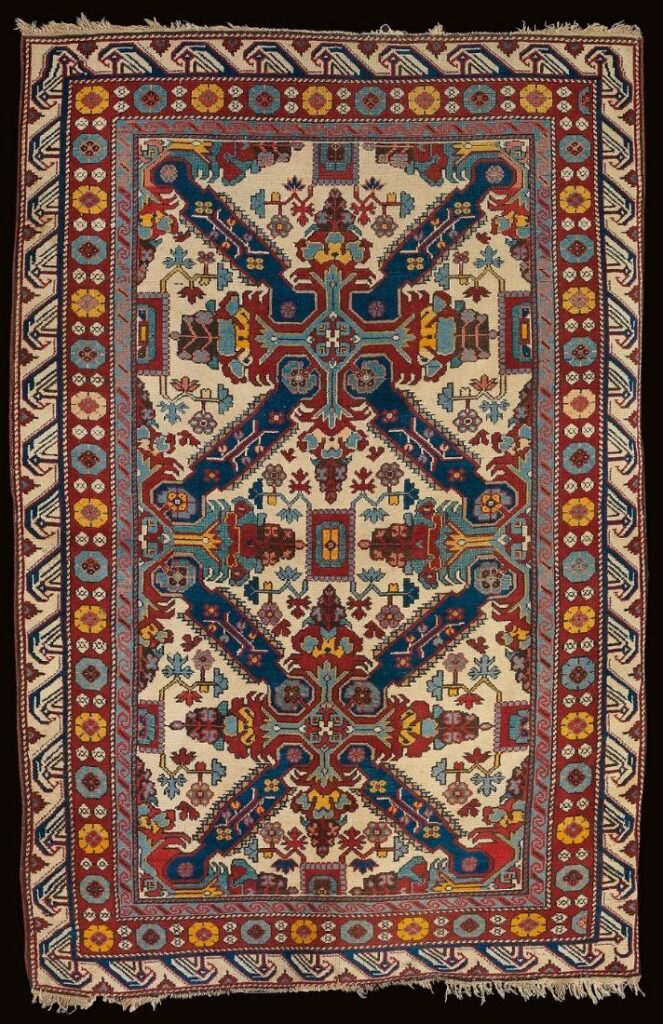
The so-called “Running dog” borders are mostly colored blue resembling a wavy river around the rug.
Designs and patterns of the Seishour rugs
The main motif named after Seishour consisted of a long-armed X-shaped cross and a shorter plus-shaped one colored with opposite shades. Both crosses are adorned with delicate leaves and tiny blossom.
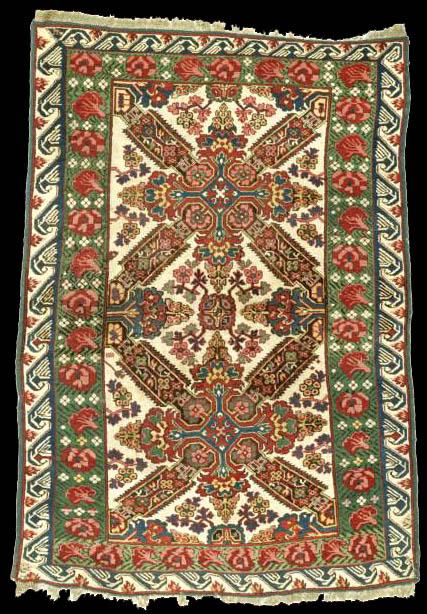
Seishour motif may be used as medallion in double and triple medallioned structures, or as a small repeat to make a pattern on the field. Runners are mostly designed with four or maybe more of them. There are also
halved versions of the motif making different designs.
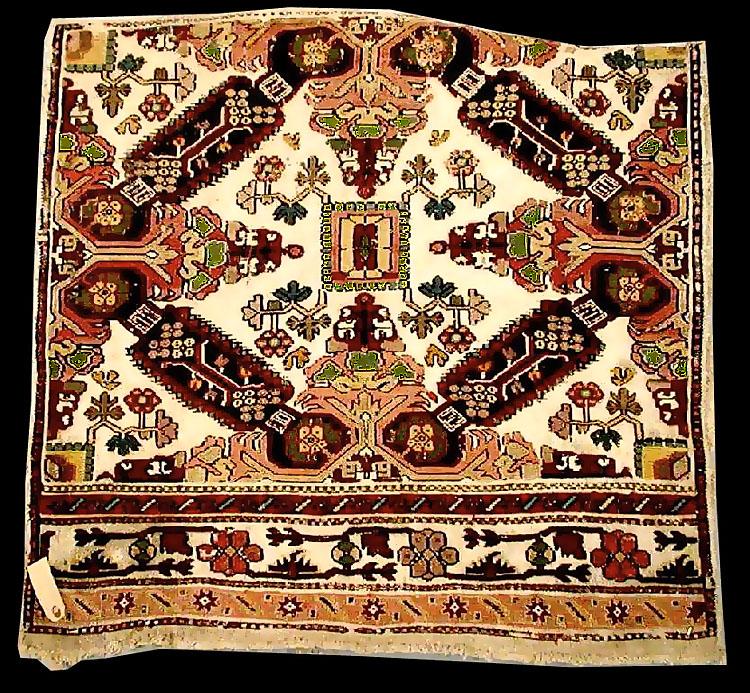
Cabbage roses may be seen in some Seishour margins. A blue wavy border design called “running dog” border is common in Seishour.
Some antique pieces with the famous “Alpan Kuba” design are believed to be woven in Seishour. It consists of a medallion surrounded by four elongated hexagons.
